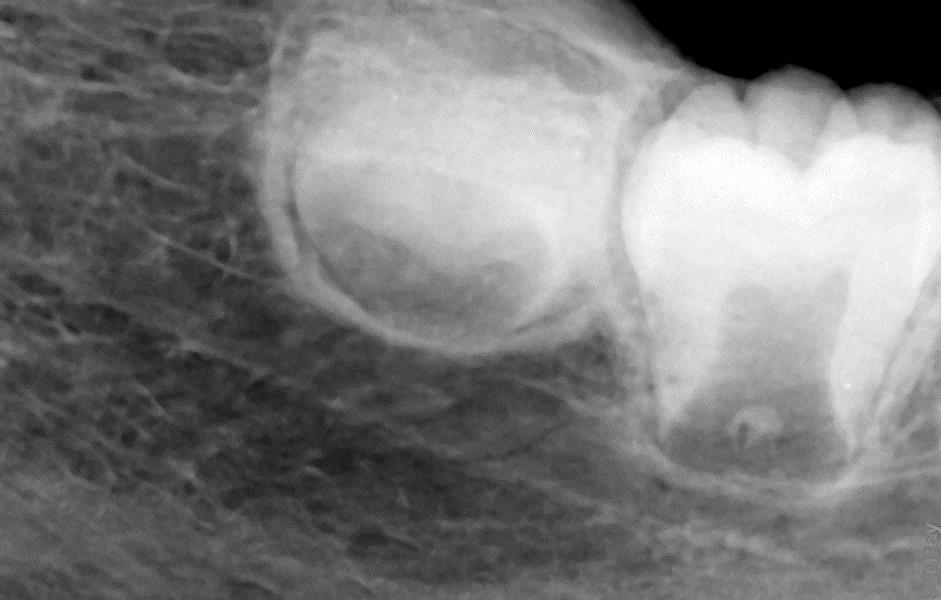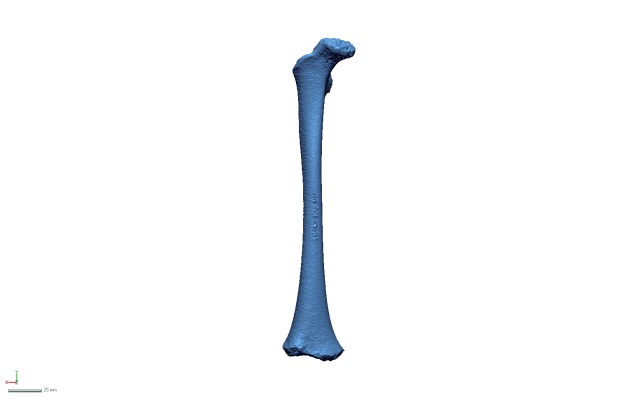Benjamin Osipov's summer research activities in Irkutsk, Russia
November 13, 2013
Benjamin Osipov, BHAP PhD student at University of Alberta, has written a short report on his summer 2013 research activities in Irkutsk, Russia. Thanks, Ben!
This summer, as part of the Baikal-Hokkaido Archaeology Project, I did my doctoral fieldwork in Irkutsk, Russia. I focused on skeletal collections from Early and Late Neolithic hunter-gatherers from the Cis-Baikal region, focusing on the remains of children and adolescents. The goal was to learn more about their activity patterns and health. Doing so could allow a better understanding of how children behaved at certain ages, how they learned "proper" adult roles, and how these patterns of behavioral development were affected by their health.
I collected several sets of data. First, since dental development is less affected by differences in nutrition than other aspects of skeletal growth, I took dental x-rays to allow for age estimation on these individuals using the Nomad Pro x-ray machine and the Suni sensor system purchased by the project. The x-ray systems were also used to study metacarpals (finger bones). Studying the internal structure (e.g. percentage of cortical bone, width of medullary cavity) of these elements can also illuminate differences in health, diet, or activity.


To further add to previous studies of health previously undertaken by other researchers, I also measured vertebral canal diameters and facial asymmetry in children and adults. Theoretically, diameters should be smaller and asymmetry greater in individuals that suffered more stress than others.

The largest part of my project was the collection of 3D scans using the project's Konica-Minolta Virtuoso laser scanner. These scans were used to create digital models of the pelvis and limb bones. These will be subjected to various biomechanical analyses in order to study child activity. Integrating the dental age estimates and radiographic measurements of the thickness of limb cortical bone and medullary cavities as well as data relating to puberty in the adolescents studied will make these analyses more powerful. Previous studies suggest that the activities children preform at certain ages varies markedly in different populations and time periods. Therefore this analysis will seek to integrate the 3D scan data with ethnographic accounts of child behavior as well as other work by the BHAP on the diet, movement, and social structure of these prehistoric groups.
While my time in Irkutsk was busy and often hectic, I did have an amazing time in this beautiful part of the world. To many happy returns!


